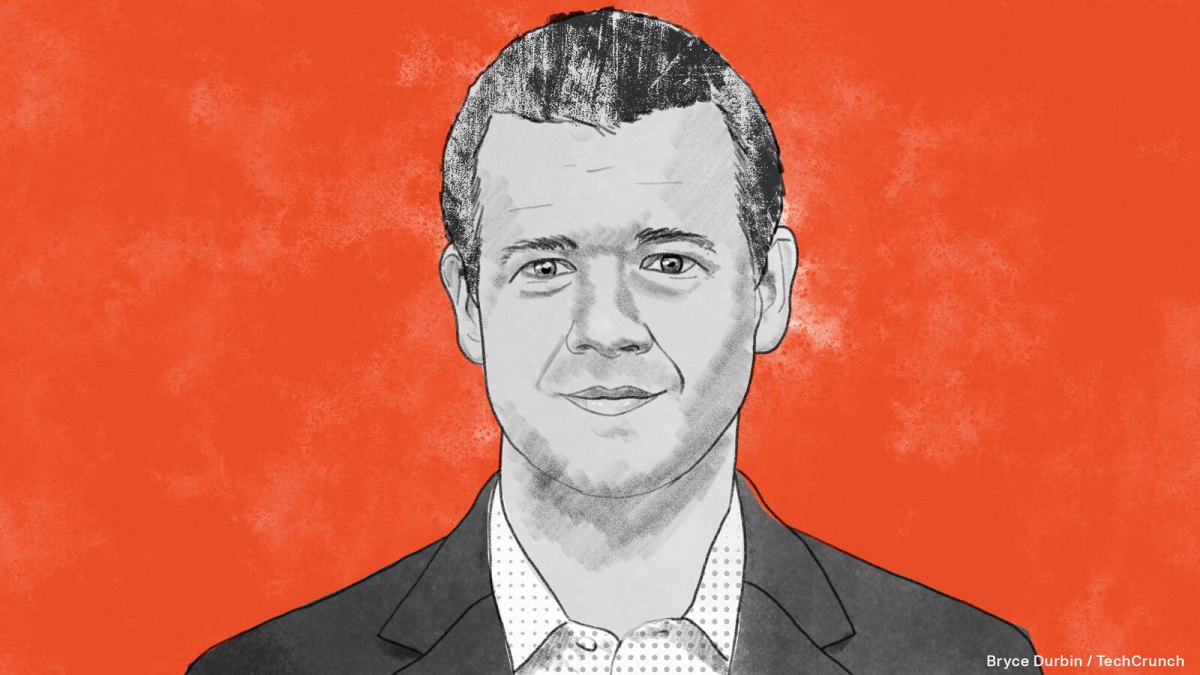Sila’s Gene Berdichevsky on the ‘5-year roller coaster’ facing battery companies • ZebethMedia
As hundreds of thousands of EVs come to market over the next few years, demand for critical battery materials like lithium, graphite, nickel, and cobalt has never been higher. Automakers are scrambling to ensure their own supply of key raw materials and, in the process, reduce their reliance on China, the dominant force in the industry.
The result? The price of raw materials has skyrocketed, and it might not come back down to earth for some time.
Battery chemistry company Sila says it has a solution to relieve at least one of the current bottlenecks — replacing the graphite in a battery cell’s anode with silicon, which can be made anywhere. The startup finds itself in a perfect storm of product-market fit and is steadily advancing on its path to produce battery cells for automakers on U.S. soil.
“I didn’t think the U.S. was gonna pass legislation that is an order of magnitude bigger than anything Europe’s ever done for climate. But it’s very American to wait for a while and then come in big.” Sila CEO Gene Berdichevsky
In the year since we last interviewed Sila’s co-founder and CEO, Gene Berdichevsky, Sila announced that its silicon anode material will appear in the Mercedes electric G-Class in 2025. In addition, Sila purchased a facility in Washington that will produce automotive-scale quantities of Sila’s battery technology starting in 2024.
In that time, the Inflation Reduction Act became the law of the land. The IRA will provide tax incentives for EVs that are manufactured in the U.S. and that are built with critical materials manufactured in the U.S., which has become a massive tailwind for battery startups like Sila.
We sat down again with Berdichevsky to talk about how the IRA will affect the battery industry, when material supply constraints will ease, and why battery recycling will become the next big industry.
The following interview, part of an ongoing series with founders who are building transportation companies, has been edited for length and clarity.
ZebethMedia: Your new factory will produce 10 gigawatt hours of capacity annually. When you announced the buy, you told me that scaling from 10 GWh to 150 GWh would require another $2 billion. Are you currently doing another round?
Gene Berdichevsky: That’s still true. We haven’t announced a fundraise for that yet, but when we’re ready we’ll need a combination of equity and debt. There’s no reason to raise $2 billion of equity once you have a proven factory and customers and all the rest. Part of that could be leveraging the Department of Energy loan guarantee, as well, which is the same program that funded Tesla, Ford, GM and others to build EVs over the last decade.
